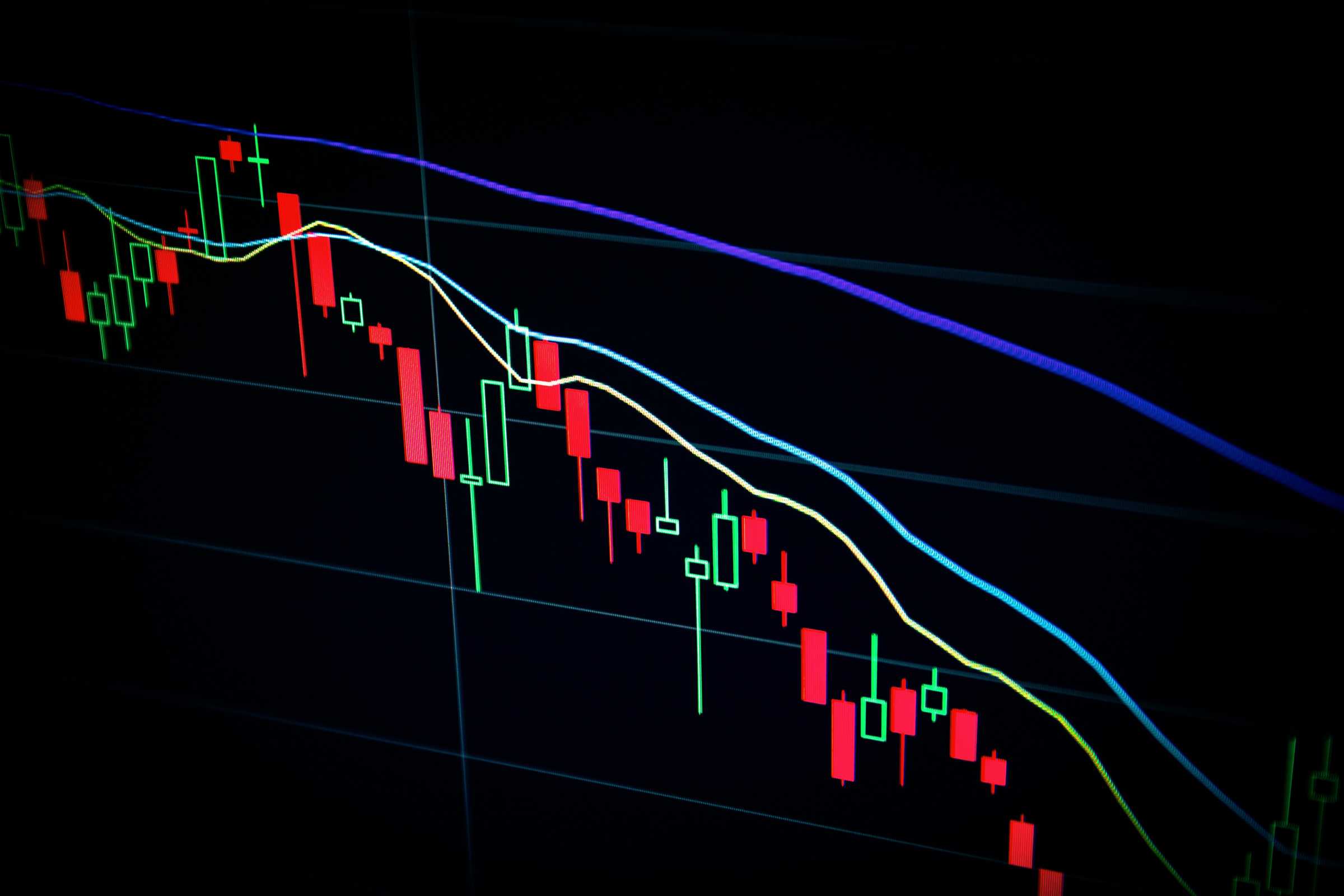When to buy and when to sell, the two fundamental questions any investor will come across in their investing journey. Timing the market is a problem as old as investing itself, a problem even the most prolific investors, statisticians and researchers have put their minds to.
At the end of the day, however, nobody actually knows which way the market will go. There are billion dollar algorithms crunching every data point imaginable, and there are big market makers controlling and influencing prices, yet none actually know with 100% certainty if things are going to go up or down.
When it comes to everyday investors, we’re even more disadvantaged than the institutions. There is research you can partake in to improve your odds, but there is no way to accurately predict the future every time! We’ve detailed a few options below to give yourself the best shot.
Macroeconomic Factors
Macroeconomic factors are broad, economy-wide influences such as GDP, inflation and employment levels. These factors are generally well predicted by government institutions, such as the ABS, and can provide a good indication of where the economy, and thus the markets, are headed. If it’s looking like strong economic growth and smooth sailing, it’s quite likely markets will head in the same direction. However, everything is interrelated and nuanced too. For example, strong economic growth might also cause inflation to rise, requiring central banks to increase interest rates that tend to drive funds out of markets and into bonds. Many smart investors will look for opportunities in crisis, such as at the onset of the pandemic. Those who backed Zoom early were rewarded for this foresight, although so much so that unrelated company Zoom Technologies also saw their share price skyrocket 1800%...
The Crowd
Another great way to predict the market’s next move is by considering what everyone else thinks. Since markets are just a reflection of the demand and supply of participants, if everyone thinks the market will go up, it probably will! The problem with this approach is how to accurately assess what everyone is thinking. Key press sources such as the Australian Financial Review can provide a good indicator of general mood, but there will always be big money from institutions playing a heavy role in the direction prices go. The weight of opinion is most clearly seen when public figures get involved. With the rise of social media and everyday investors participating in markets, a simple tweet from a figure such as Elon Musk can send a stock to the moon, or crashing down.
Other Markets
Other markets can provide a fairly empirical source of market prediction. Foreign markets such as the USA’s’ Nasdaq have such a major impact on the global economy that they tend to influence other markets. Most days, the Australian ASX200 will generally go in the same direction as the Nasdaq from the night before. However, this isn’t always the case, especially if there are factors at play that are highly specific to Australia.
Playing the Long vs. Short Game
Overall, we’re all playing the same game. While short-term movements can be hard to predict, the one thing we can say with near certainty is that the market will go up in the long-run. Through all sorts of peaks and troughs, wars, crises and more, almost every market in a developed economy has gone up over time. Most markets fall between 5% and 10% annually on average, which over a long time horizon equates to quite a bit of compound interest!
With this in mind, the best strategy is often not timing the market, but time in the market. The best way to go about this is through dollar cost averaging, which involves investing small amounts at regular intervals over time. So rather than investing $10,000 at once and trying to time the market, you invest $1,000 every month regardless of whether the market is up or down. This allows you to minimise short-term movements and focus on the long-term value of your investment. It’s also a great way to save money! Equity crowdfunding is a longer term investment strategy and less sensitive to the market. Also, by investing in a range of exciting Australian startups, it’s a good way to diversify your portfolio with investment being fee free.
